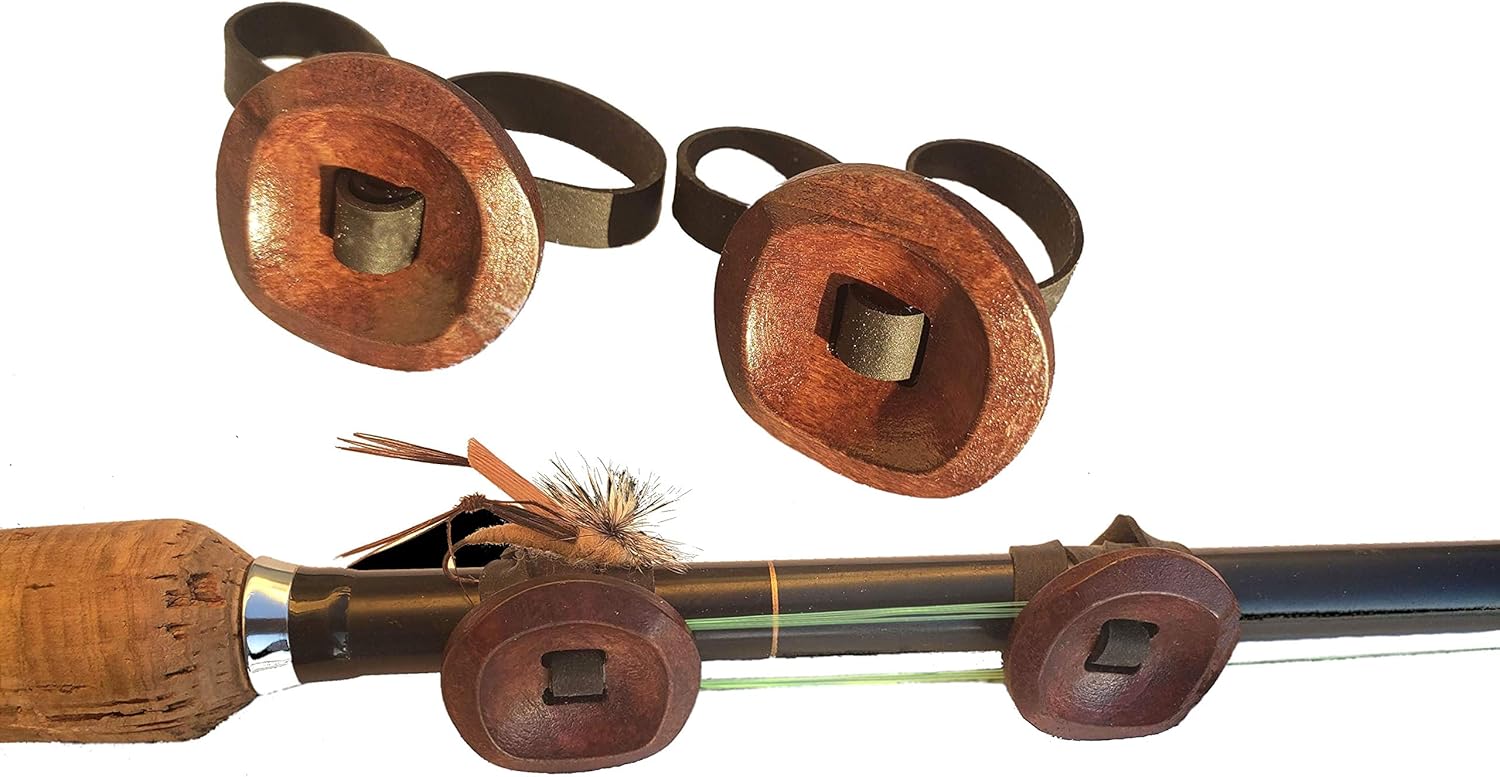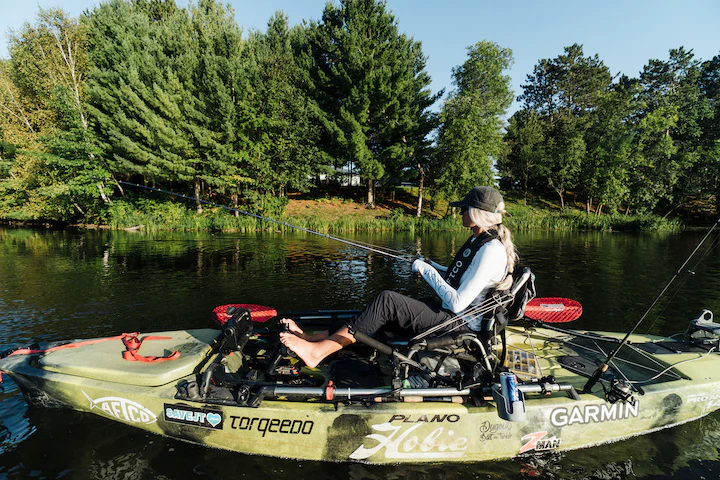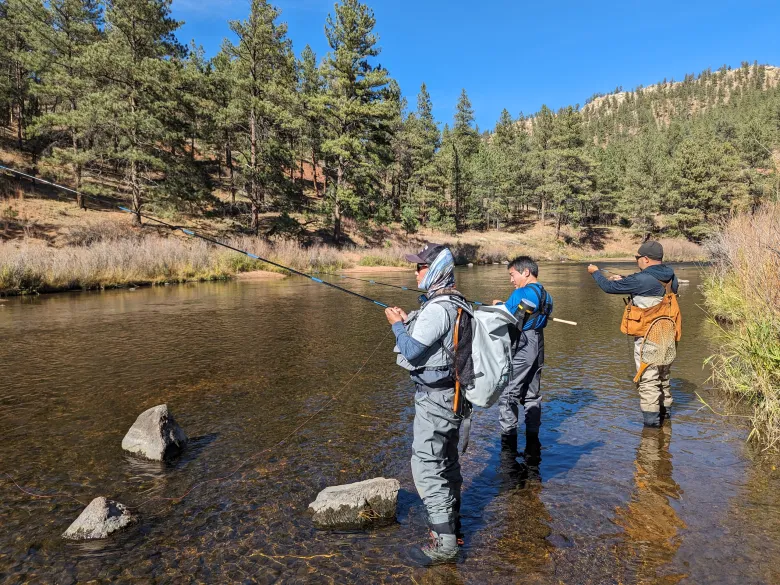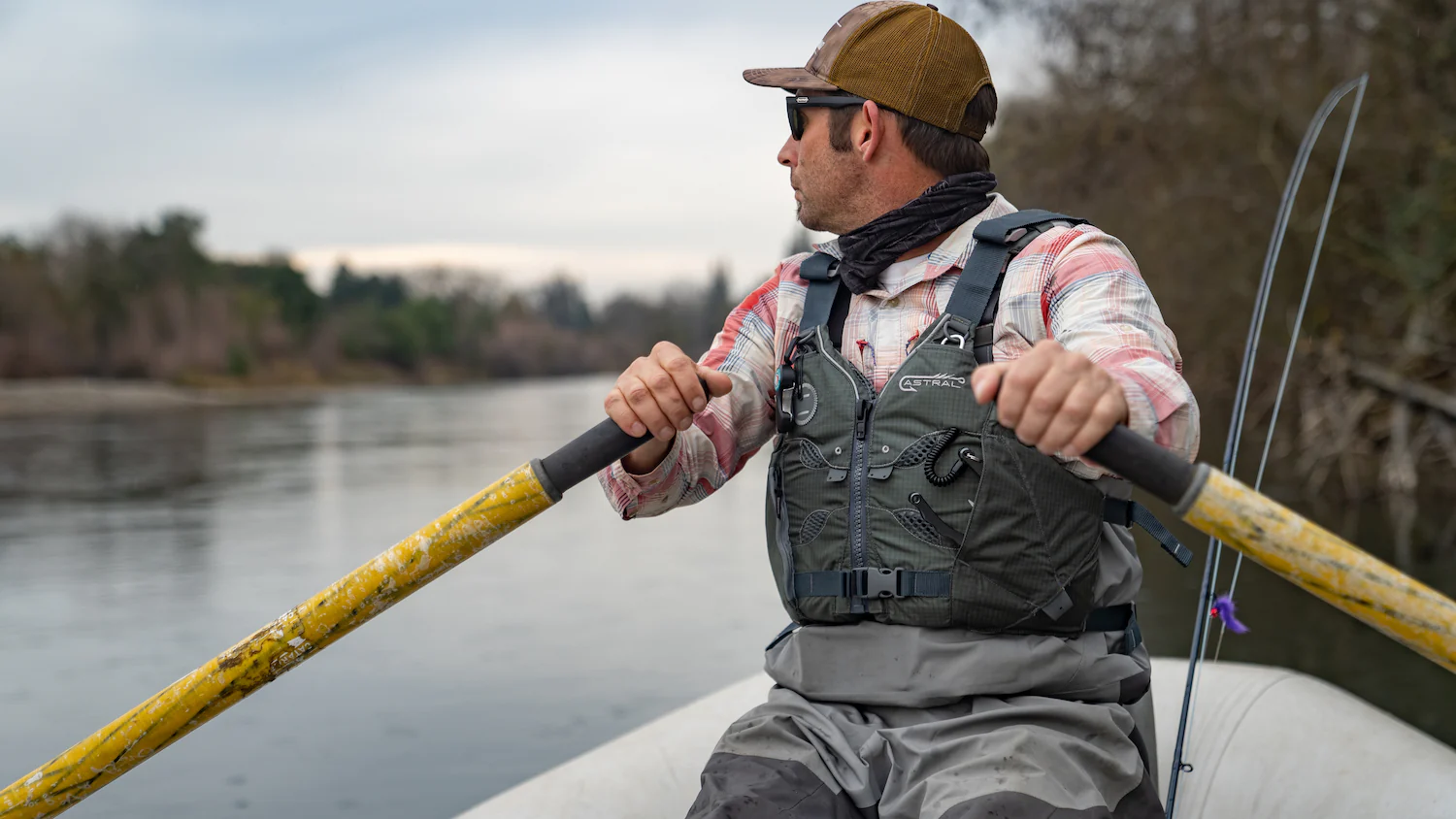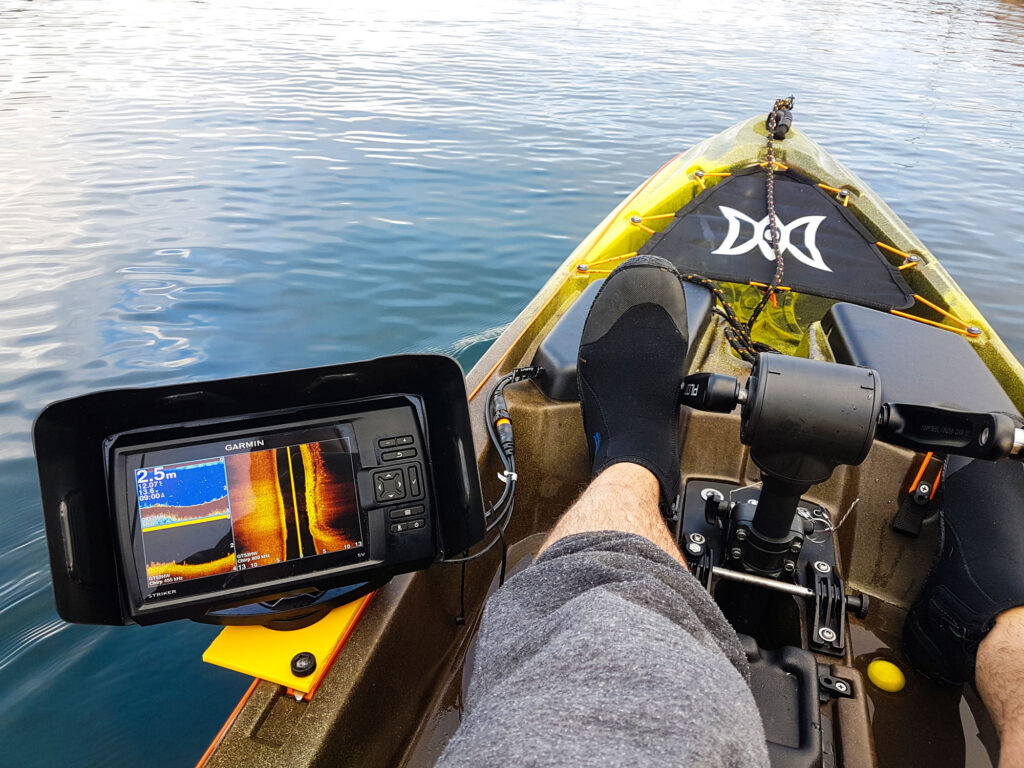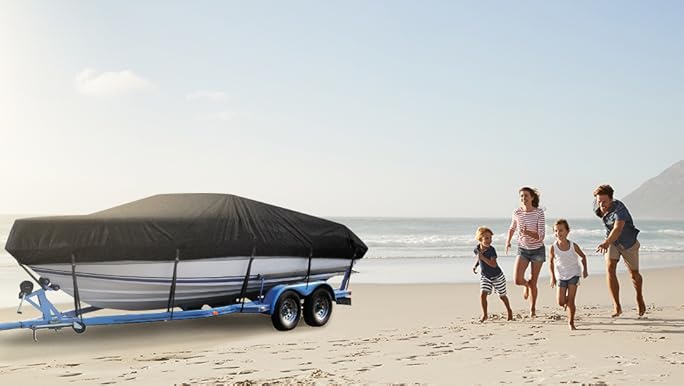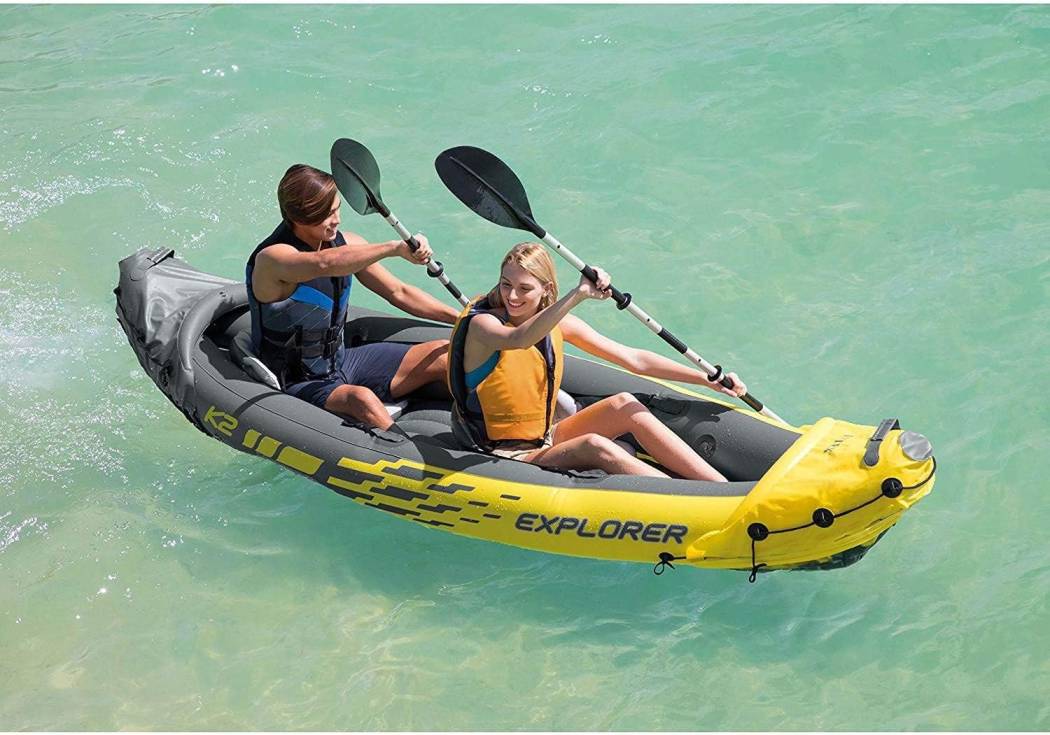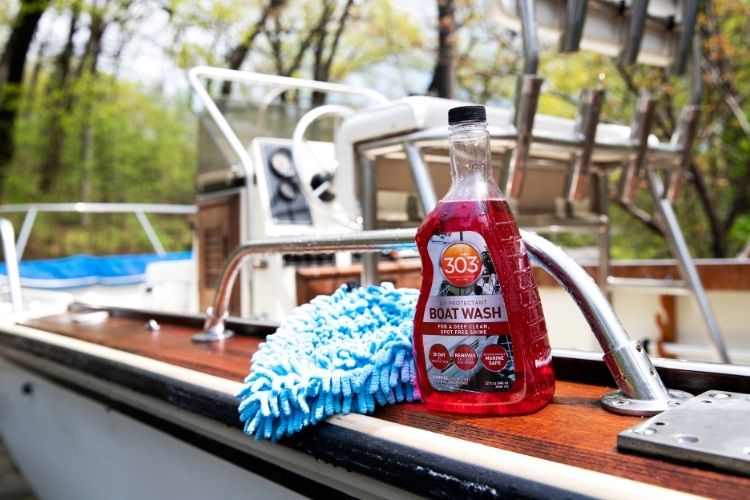Table of Contents
This article covers the basics of fishing nets. It will provide insights into net materials and mesh sizes. It will also compare various net types.
By the end of this article, you’ll have all the info you need. You’ll know what fishing net best fits your needs and boosts your catch rate. Fishing nets are among the crucial fishing gear that you need to carry to enhance your fly fishing.
Types of fishing nets
Gill Nets
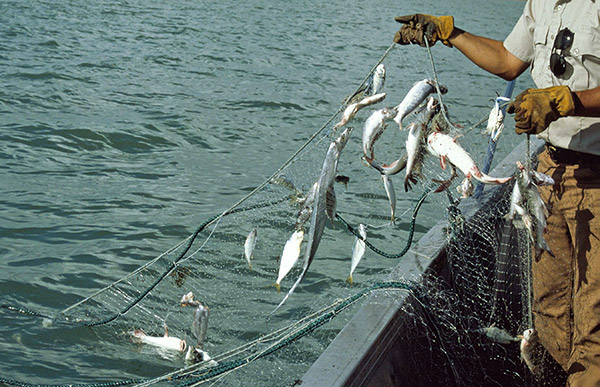
The most popular fish net is, of course, the gill net. These latter fishing nets were designed to suction fish by their gills, thus obtaining its name. Gill nets are hung in a horizontal orientation and are situated both in shallow and deep areas.
High-end fishing lines are usually made from synthetic materials. They are either monofilament or multifilament nylon. The size mesh will determine the size of the fish that can be hooked.
Collapsing nets let small fish through, but large fish get caught. Their mouths and gills get stuck in the net.
Gill nets constitute the common choice among fishermen due to their low cost and applicability. They are very eco-friendly if used carefully. But, they may catch non-target species.
Cast Nets
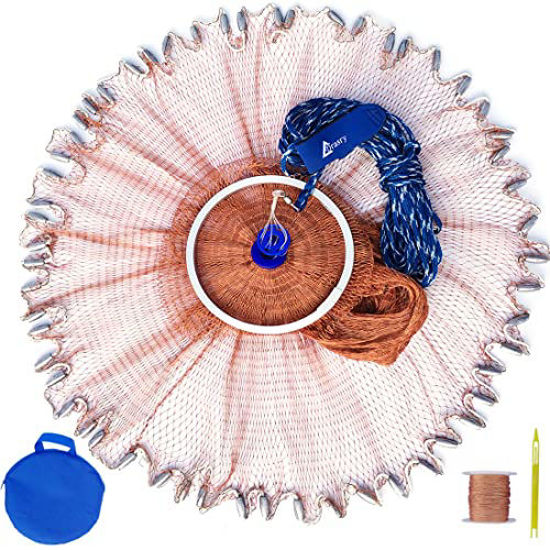

Cast nets, often referred to as throw nets, are relatively small, circular nets with small weights lining the perimeter. These fishermen, mostly from boats in the sea, cast the net into the water and let it sink to the ocean bed. The weight on the fishing net acts like an anchor. It forces the net to flatten into a circle. The fish beneath it cannot escape and are caught.
As the net is stuffed full of fish, anglers haul it back into the boat. Cast nets are generally thrown in shallow water areas which are most suitable for capturing shoals of fish. They need talent to hold them because the correct technique of throwing is hard to attain.
Trawl Nets
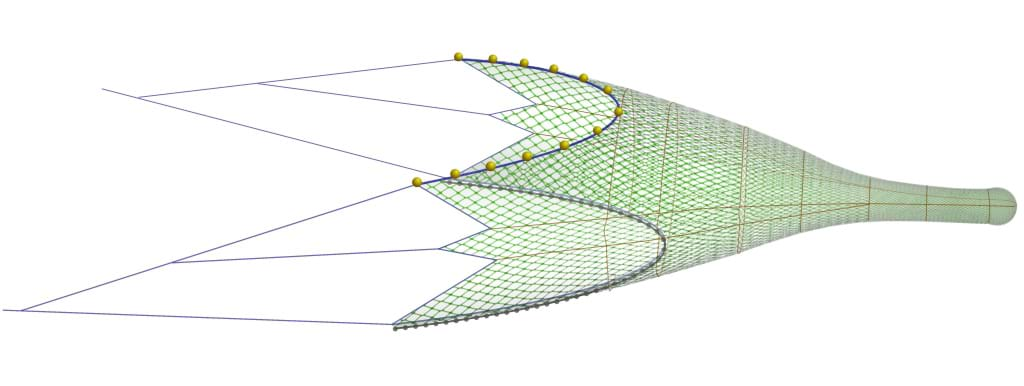

The size of trawl nets is comparable to a cone, while the water is passed through by one or two boats that drag them. The net’s wide mouth captures fish. Its narrow end, or codend, holds them for boarding. A trawl net may be perfectly set to fish at different depths for specific species.
The trawling method drags a net on the sea floor. It’s effective for catching bottom-dwelling fish, but it destroys the sea floor. Bottom trawling tows a net on the seafloor. It causes more environmental damage. Mid-water trawling tows a net in the water column above the seafloor. It is less damaging.
Drift Nets
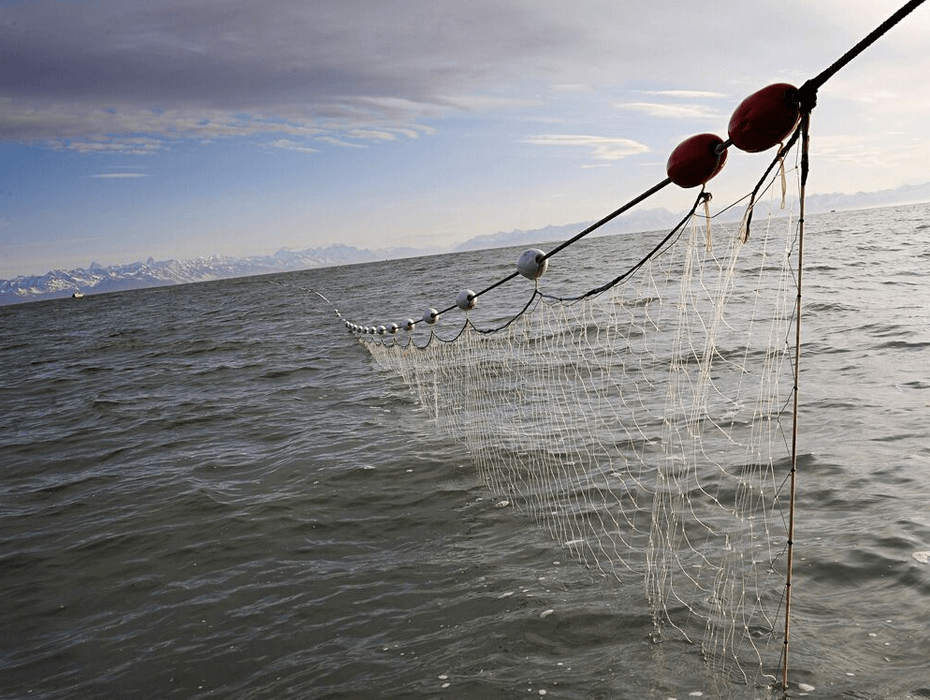

Drift nets are huge gill nets that are permitted to float adrift alongside the current. These are the best gears for catching pelagic fish, like tuna and salmon, in calm open seas. Drift lines are said to go for hundreds and sometimes for thousands of meters.
The animals are very often exposed to the water the whole night and brought out the day after that. Drift, though efficient, faces criticism for harming nontarget species and the environment. Many states have banned drift net fishing to protect marine life. It’s among the best fly fishing nets that you can add to your collection.
Purse Seine Nets
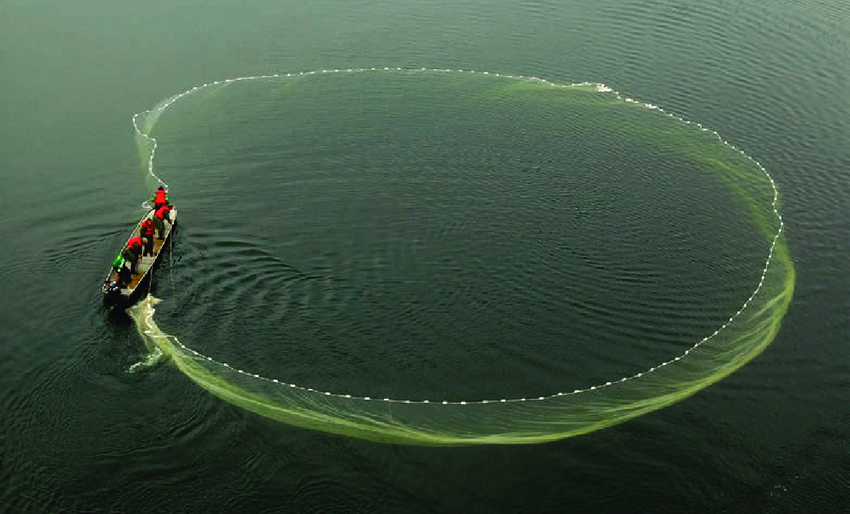

Purse seines are huge, wall-like nets. They trap schools of fish for complete capture. The net is surrounded on the bottom. It is “pursuing,” its fancy name. So, all fish wouldn’t escape downwards.
Purse seine nets are used to catch pelagic fish, like tuna and mackerel, and shellfish. Certainly, they might be efficient just like other kinds of gears. However, careless usage of gears can also result in being caught by non-target species.
Fyke Nets
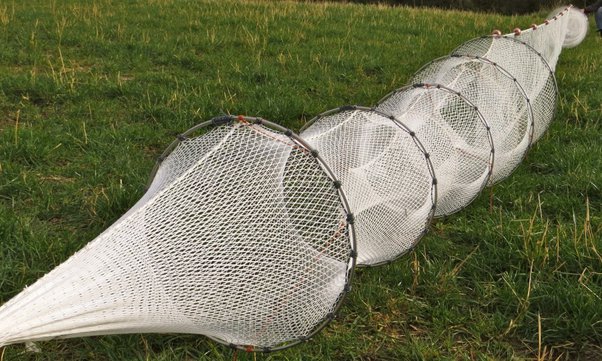

Fyke nets being bag-shaped nets are used for catching eels and other fishes in rivers and streams. It has one or more baskets with which the fish flop into the net and there is no way to escape.
Unlike fyke nets which are usually anchored to the riverbed, they take a few days. They are a fishing method. The fisherman does not need to tire. Once the net is set, he can do other things.
Lift Nets
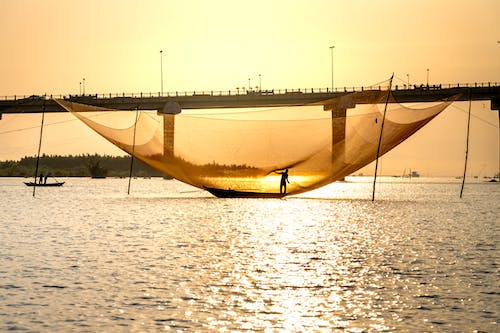

Lift nets are a special kind of net that is lowered into the water and then brought out quickly. This excludes any fish that was mostly above the net. They can be used from a ship as well as from the shore, they come in different variants. By hand-operating small lift nets while the larger ones usually are operated by winches or other lifting devices. Lift nets can be employed for intercepting congregating fishes or submerged-swimming species.
Different fishing nets have pros and cons. The type depends on the target fish, the fishing spot, and the fisherman’s skills and needs. Fishermen should fish responsibly. This will reduce their nets’ environmental impact and the catch of non-target species.
How to Choose the Right Fishing Net?
Consider the Type of Fishing
First, consider the type of fishing you want to do. Then, choose a fishing net. Different forms of fishing usually require the use of some specific kinds of nets. For fly fishing practice, you need a net. It should have a long handle and a deep bag. This will let you safely catch and release the fish. If you plan to go beach fishing, wear a net. It should be made from a corrosion-resistant material.
Think About the Size of the Fish
When thinking about the size of fish you want to catch, the net type should be included as a factor. If you target the catch of smaller species, a small net with small mesh spacings will do. On the contrary, a wide mesh size for the net is necessary if you are hunting larger species.
Choose the Right Material
Nets of fishing barges may come in a variety of materials, each having its own set of pros and cons. Some nets are cheap and abrasion-resistant. But, they can damage fish scales during catch-and-release fishing. So, they are less suitable. Rubber nets involve smooth catching and less difficulty in the separation of organs or fish species but they are more expensive.
Check the Depth of the Bag
The bag’s capacity also needs to be considered. A good net with a deep bag will let you put fish back in the water, without removing them from it, when you are removing the hook. On the contrary, a small bag may be the best solution if you will be keeping the fish.
Consider the Handle Length
The handle length is important for fishing from a boat or dock. It should be neither too long nor too short to avoid accidental drops when casting. An extended handle will let you reach deeper into the water. But, a shorter grip is easier to carry and more convenient.
Look at the Hoop Size
The size of the hoop should allow the netting to be big enough to scoop the fish freely without being overwhelming to handle. For targeting the larger species choose the larger balloon size.
How to maintain your fishing nets?
Maintaining your nets and fishing gear will extend thier life. It will also ensure they work correctly. After every fishing trip, clean the filters. They may be clogged with sludge, fish grease, salt, dirt, or scales from the net.
To do this, immerse the net in a bucket of water and a mild soap solution, as theorized by The Hull Truth and Angling Direct. Let it soak for at least one hour or until the soil is soft enough to easily skim off by scraping. Wash such “stubborn dirt” in the net can be strengthened by agitation in the soapy water.
Wash the net with clean water. Then, let the net dry correctly before packing it. It’s mandatory to hang dry in the open and ideally under the sun so it gets the fresh air.
Let’s just consider storage. Your fabrics should be in a cool, dry, ventilated space. Mold can damage the net and harm the storage. However, the importance is often on the quality of the nets which may even require special care. It’s a case in point. Nets with some metal parts must be cleaned at least once a year. In some cases, it must be done more often, depending on their use and location.
Wrapping up!
The fishing nets are critical tools that no angler would do without. So, using the right net is the first step to a great fishing trip. Whether you’re a novice angler or an expert, you should know the types of fishing nets and their features.
Another important idea is that you must maintain your net system. It will keep it working and trapping fish. Next time you go casting for one of those hour-long tugs, check your nets. They must be in prime condition before and after use.




